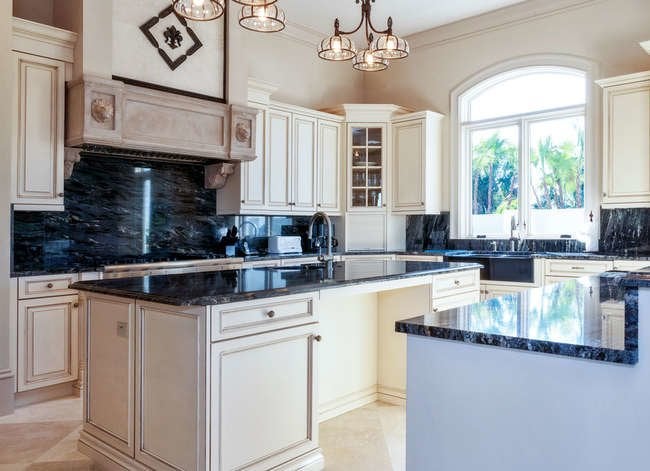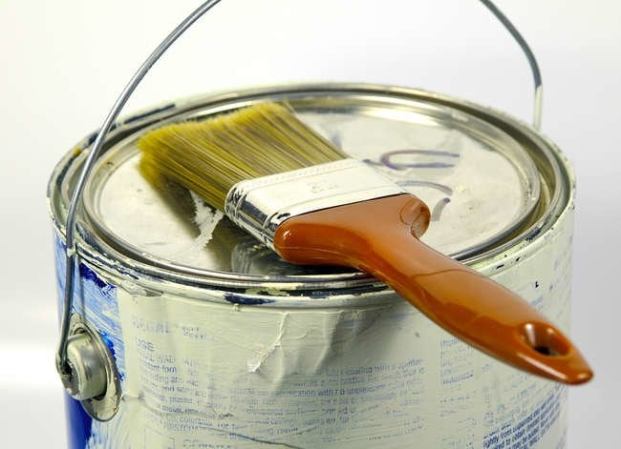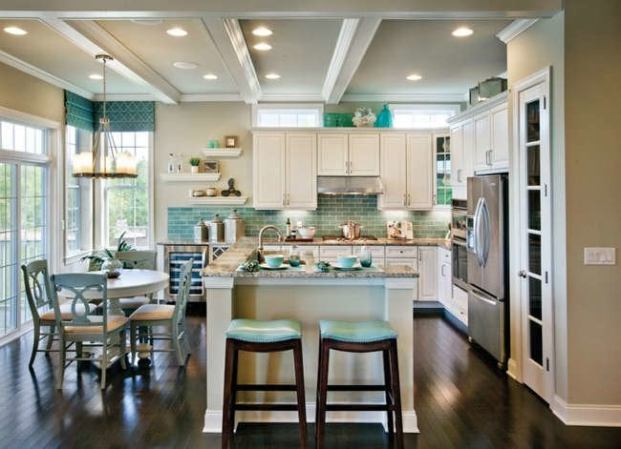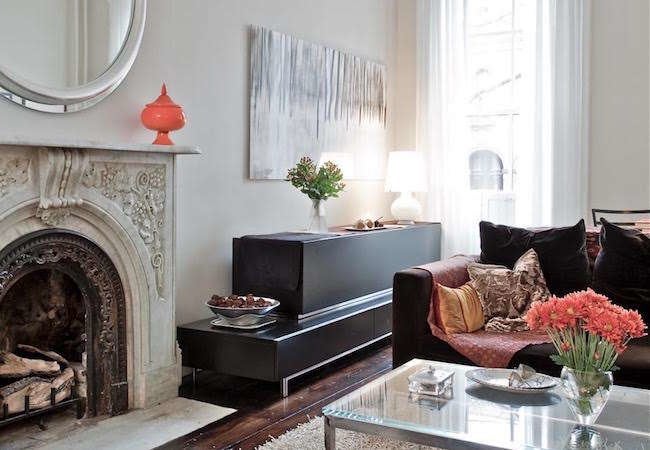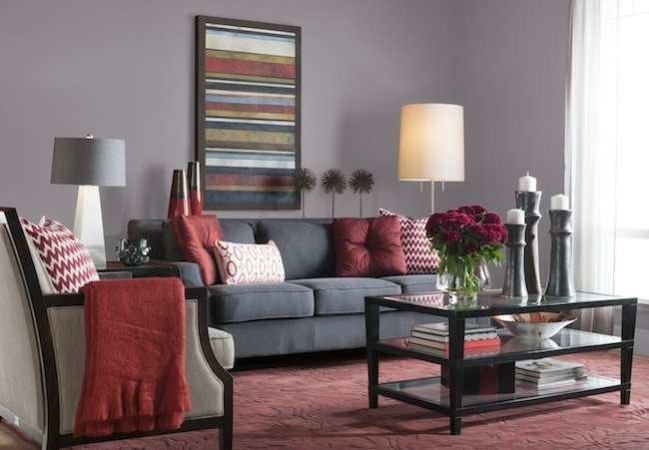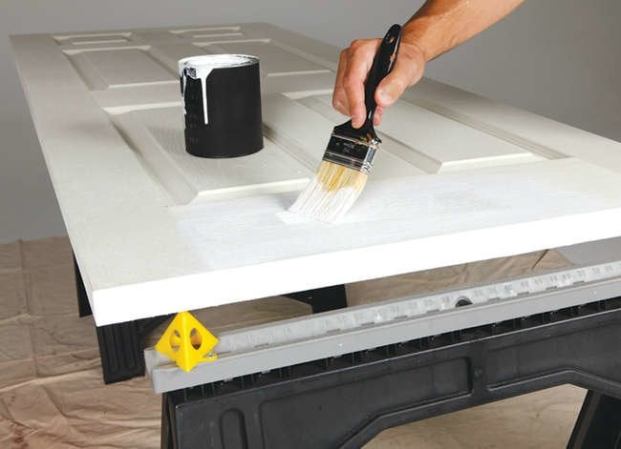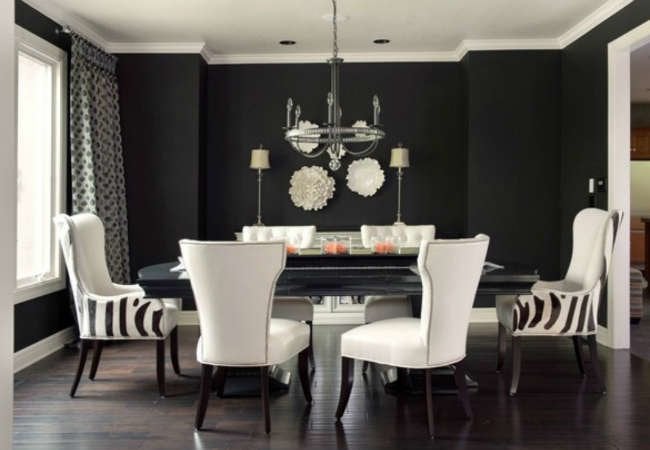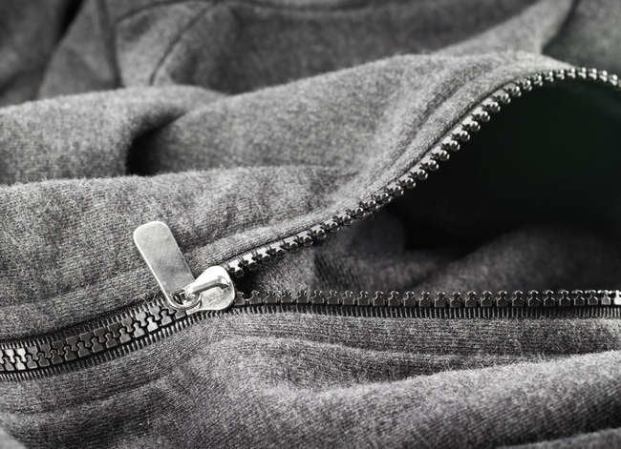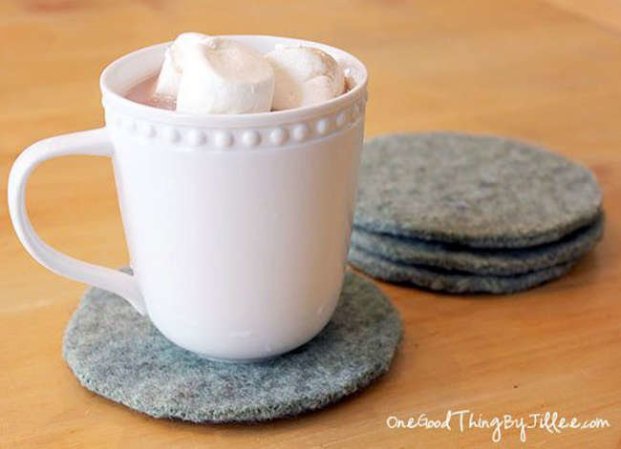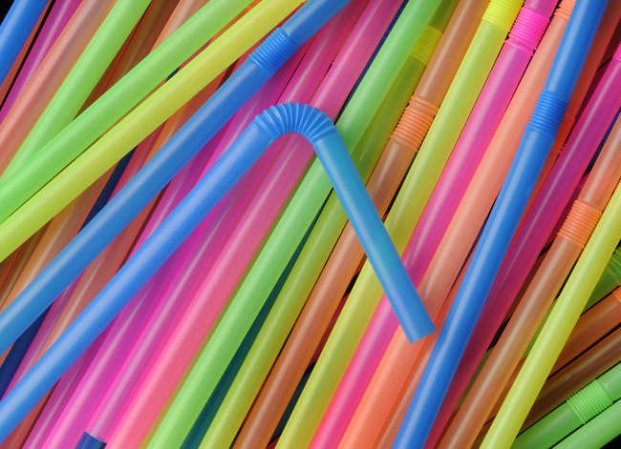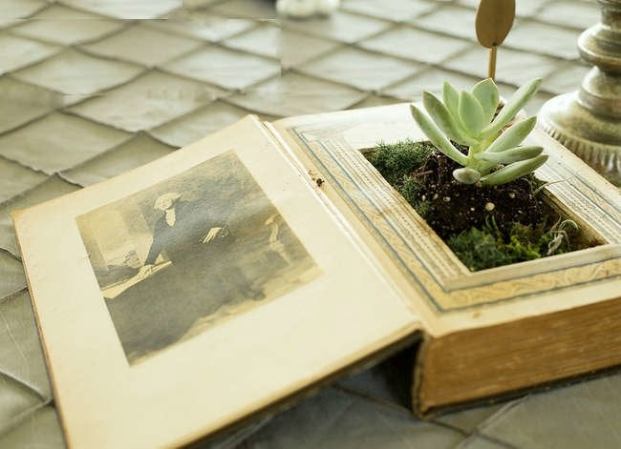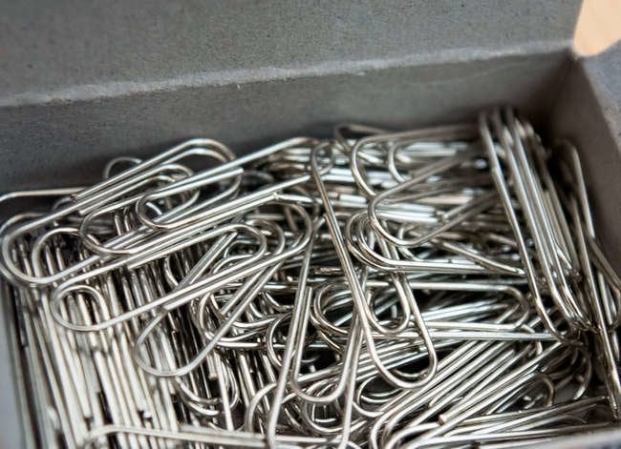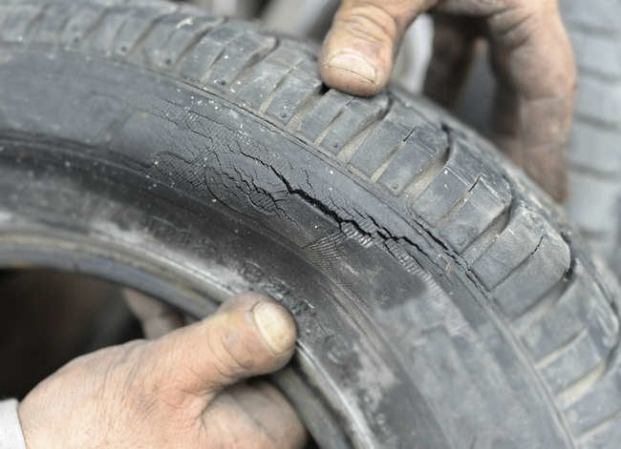We may earn revenue from the products available on this page and participate in affiliate programs. Learn More ›
Pots and Pans
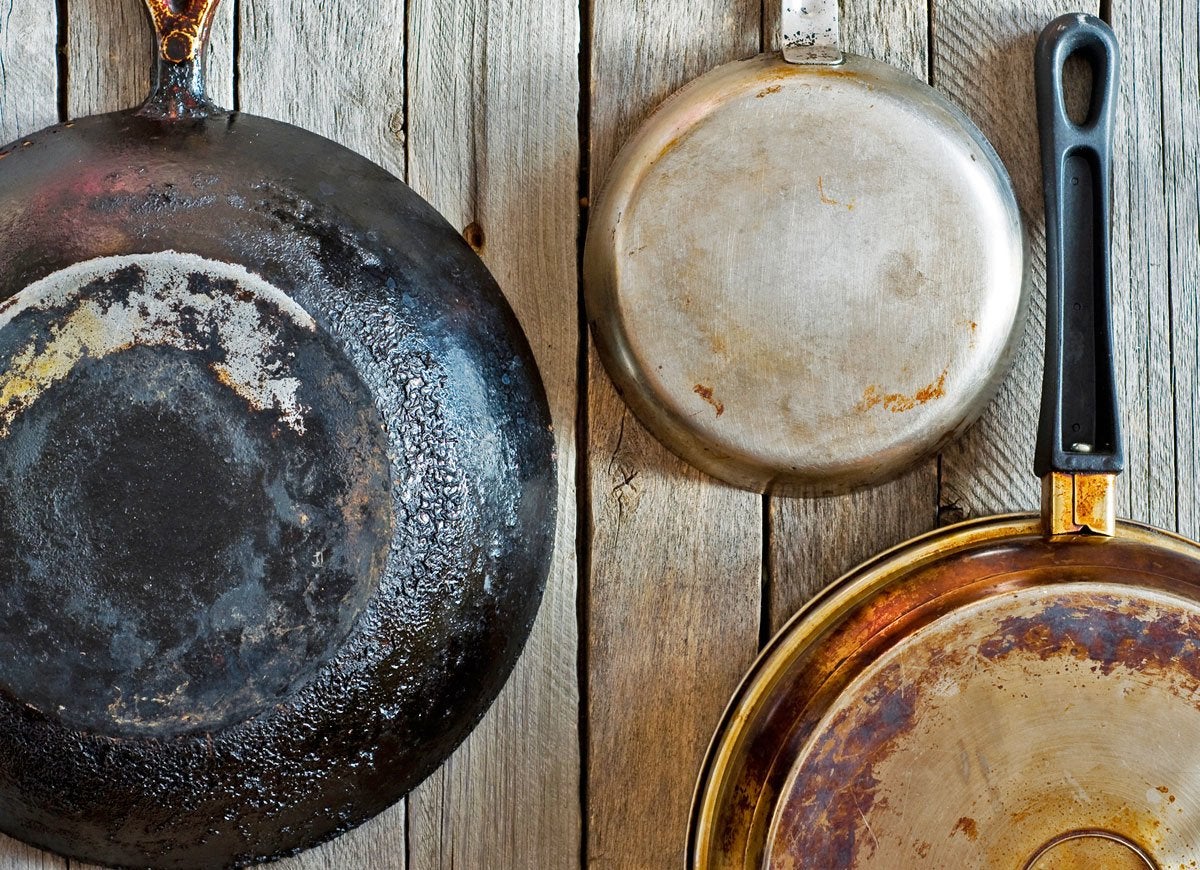
You may be tempted to touch up a chipped enamel pot or repaint a nonstick pan with Teflon spray—but don’t. Painting pots and pans is neither healthy nor safe because it can add toxic chemicals to the food that you prepare. Be on the safe side: Toss your pots and pans at the first sign of peeling paint, and invest in high-quality replacements that are built to last.
Related: Buy or DIY: 8 Clever Solutions for Storing Pots and Pans
The Oven

Painting an oven may seem like a good way to lend a pop of color to your kitchen, but before you start browsing paint chips, know that ordinary paints aren’t heat resistant or food-safe. If you simply must paint, choose a spray paint that is rated for high heat and is advertised as being food-safe. Then, prep, prep, prep! Unplug the appliance and test to make sure it’s disconnected, then clean vigorously, disassemble, and paint only the exterior parts.
Related: How To: Make Your Own Oven Cleaner
A Faucet

Fixtures can go out of fashion quickly, and swapping them for new ones is an easy way to give your kitchen or bath a fresh look. If, however, you’re looking to update your faucet with paint, reconsider. Not only is new hardware affordable and easy-to-install, but replacement is also a longer-lasting solution than a slapdash coat of paint atop an old chrome fixture. When applied to a faucet that comes into frequent contact with water, paint chips easily—not something you want to happen around your toothbrush. If you’re absolutely determined to paint a faucet rather than replace it, be sure to sand well and prime with an automotive metal primer, then finish with automotive enamel.
Laptops or Other Electronic Devices
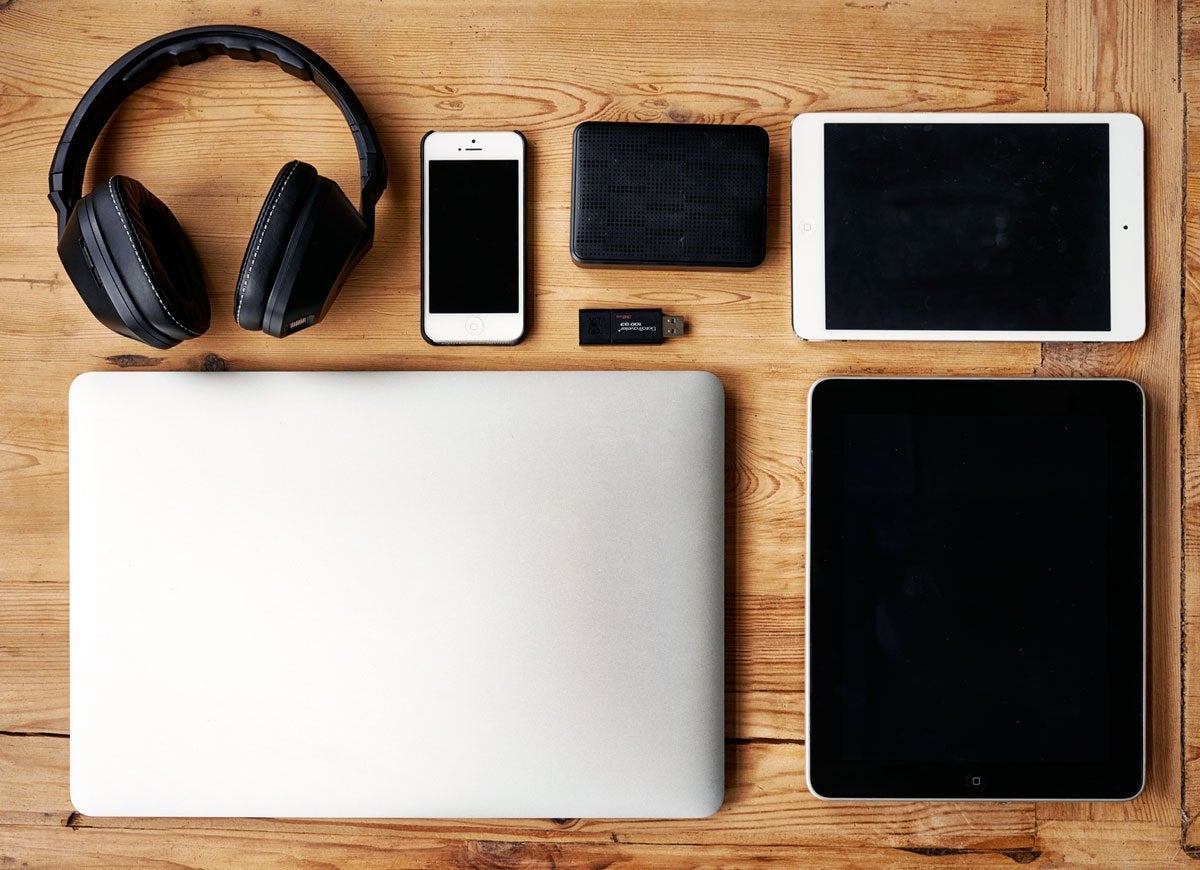
Though a hot pink laptop would undoubtedly be charming, paint can potentially clog openings and ultimately damage the electrical pieces inside the machine—not to mention void your warranty. If you want to add a little color to your laptop, iPhone, or another electronic device, buy a special case or skin instead.
The Family Piano

That old piano may be a family heirloom, but the dark, dated wood finish doesn’t match your bright and breezy decor. Resist the urge to paint the wood, as the extra coat can significantly affect the sound of your instrument. Not only that, but you might paint shut an important panel that a tuner may need to access.
Shower Door Frames
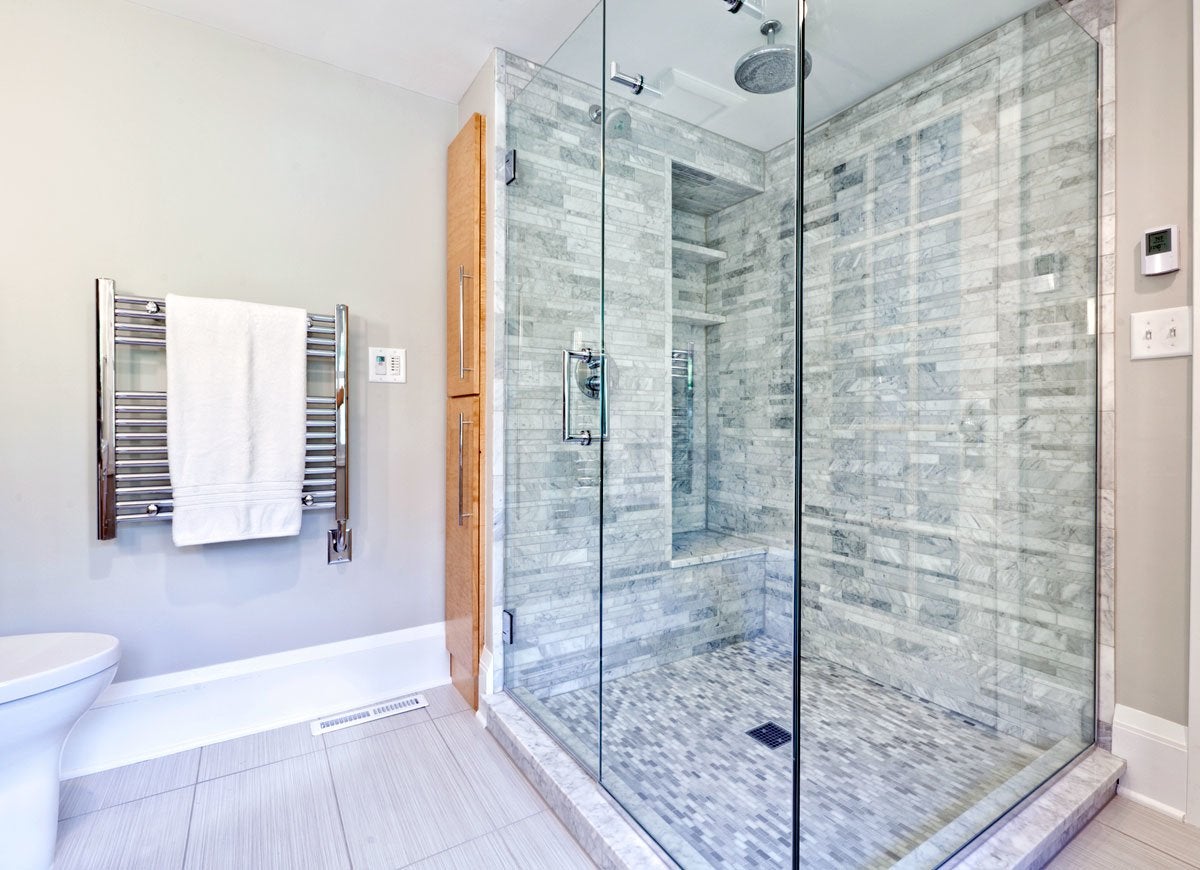
A full bathroom makeover doesn’t come cheap, so you might be tempted to cut corners by employing a can of paint to mask discolored glass shower doors. This, however, is not your best bet. As shower doors are exposed to constant moisture, it’s only a matter of time before the paint chips and corrodes. If you’re determined to paint anyway, improve your chance of success by applying metal primer and using a rust-inhibiting paint.
Silverware
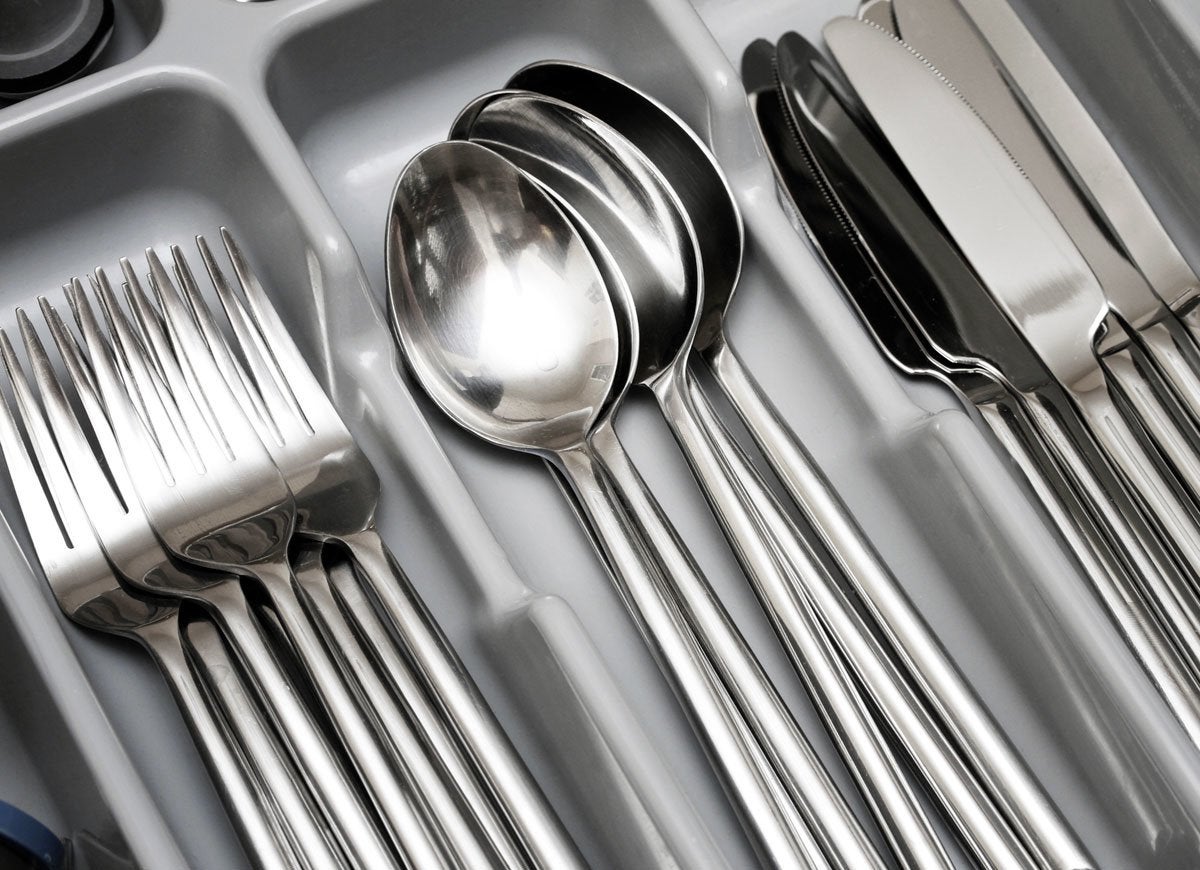
Because paint contains chemicals that are not safe for you to eat, it’s best not to paint anything that comes into contact with food—or your mouth. Some DIYers see nothing wrong with painting the handles of silverware and serving pieces, but know that if you do, you could be enjoying your spaghetti dinner with a dash of salt, a grind of pepper, and a few flakes of paint.
Related: Kitchen Cures: The Perfect Solution for Every Unruly Drawer
Bathroom Tile
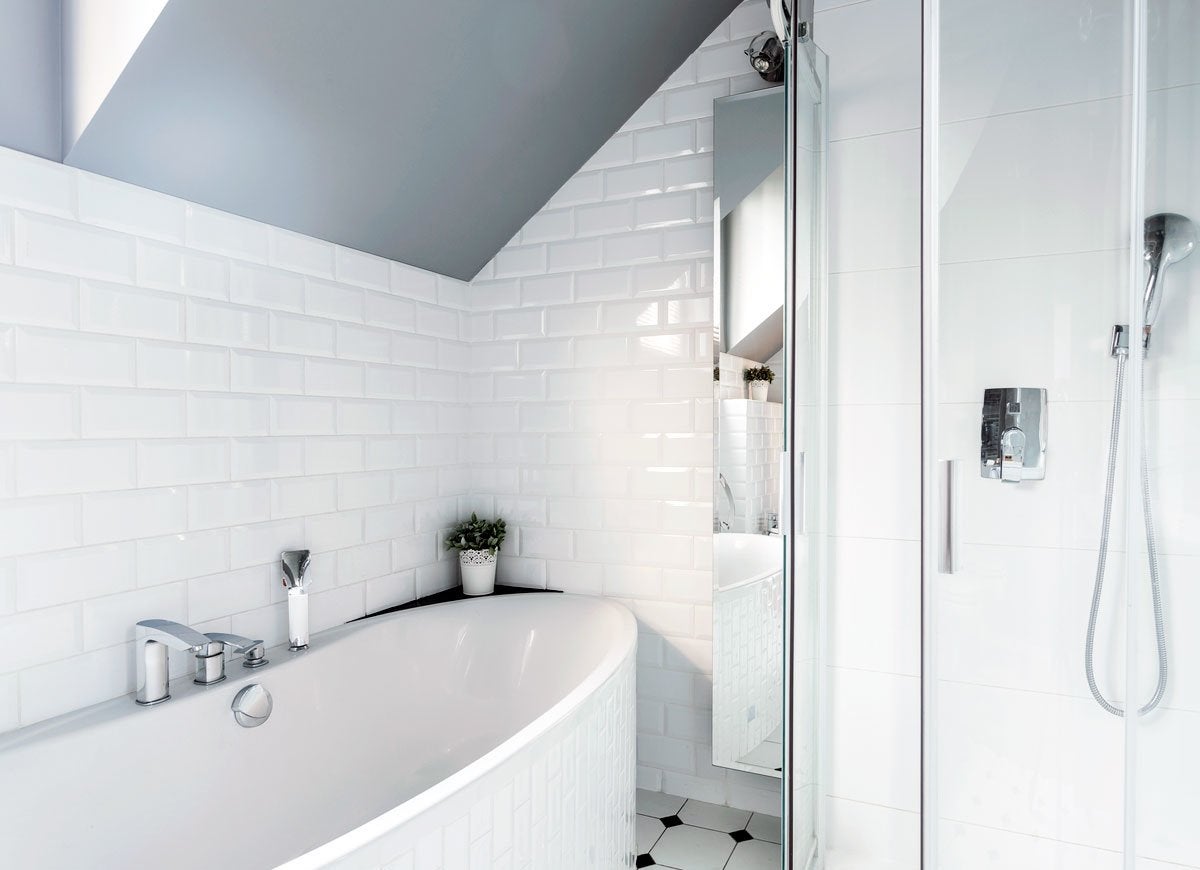
Painting bathroom tile seems like it should be a cheap alternative to replacing ugly or outdated colors and designs, but it’s not exactly a no-brainer. Painted tile is tricky to keep clean and tends to chip as a result of the constant exposure to moisture. If you do paint your tile, ensure that you are painting with an epoxy acrylic formula that resists corrosion, and wear a respirator while painting to protect yourself from strong fumes.
Kitchen Countertops
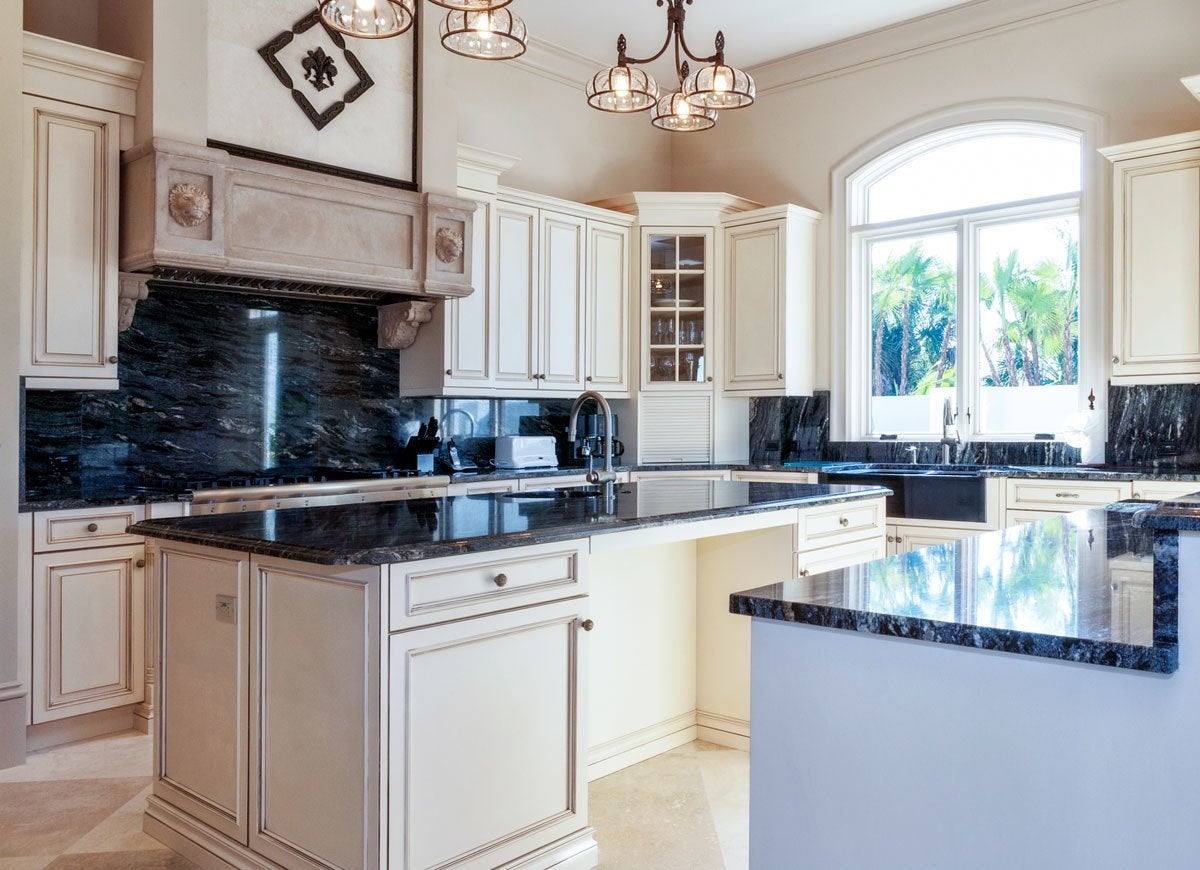
The sky-high costs of kitchen countertops may spur you to look for creative alternatives, but think twice before you settle on a cheap DIY paint job. Food can easily stain painted countertops, and the coating isn’t nearly as durable as the material underneath. If, despite the drawbacks, you still choose to paint, be sure to seal your countertops with a coat of polyurethane to give the paint job more staying power.
Plates

Decorating plates with paint is a perfect craft activity, but if you plan to eat off them you’re asking for trouble—along with a dose of toxic chemicals—yuck! If you really want custom dishes, paint on the back of a clear dish so that the design shows but the dish is still food-safe.
